|
Recently, there's been a troubling spike in emergency incidents and if hikers don't step up their game, more people are going to get hurt or worse. Fortunately, you're reading the ultimate, cut the crap guide to hiking Half Dome in Yosemite National Park. Here you'll find everything you need to hike to this iconic summit including crucial permit information information, training, trailheads, tips and far and away the best videos of the trail to be found anywhere. Enjoy, and stay safe out there! The absolute best video guide to hiking Yosemite's Half Dome. The trek to the summit of Half Dome is easily Yosemite's most famous trail, and consistently listed as one of the "best" and/or "most dangerous hikes" in the world. Or as one writer for National Geographic put it “the hike you’ll talk about as all others fade into pleasant memories.” While that's a bit hyperbolic, those who have made it to the summit will tell you, Half Dome is special and offers hikers a unique and iconic experience. Just make sure you're ready. Preparation“One does not simply [hike Half Dome]”. Due to the trail’s difficulty and popularity, successfully reaching the summit requires more planning and foresight than just throwing some snacks into a backpack and lacing up your hiking boots. Red Tape Crowd pressures, coupled with trail limitations, safety concerns and the Park Service’s charge to preserve and protect Yosemite landscape has given rise to a sometimes controversial permit system. Without a permit, you will not be permitted past the base of the subdome between May and November where park rangers check permits and IDs. Ascending the subdome and cables without a valid permit can result in a fine of $5000 and even jail time. Without a permit, your dream of reaching the summit will remain exactly that. So, Item number one on your to do-list is to apply for a permit (day and overnight options available). Ascending the Half Dome Cables. How to apply for a permit During the peak season (generally between Memorial Day and the second Monday in October), “a maximum of 300 hikers per day are allowed” access to the subdome, cables and summit. These permits are split between day hikers (225) and backpackers (75). Plan ahead and decide if you’d like a day permit or an overnight wilderness permit. To improve your chances, avoid weekends and holidays if at all possible; and if your schedule allows, apply for a range of days rather than a single day. If your schedule is flexible you’ll greatly improve your chances of scoring a permit. For a breakdown of days with more favorable odds, click here. Day hike permits (lottery only) To apply for the day hike permit lottery go to recreation.gov between March 1st and March 31st, submit your application for a maximum number of six day-hiking permits and pay the $10 non-refundable application fee. Only one application per person is allowed, “additional applications will be voided without refund”. You'll recieve an email in mid-April with lottery results. Backup: Depending on the number of remaining or canceled permits, around fifty day-hike permits will be distributed via a daily lottery during peak season. If you draw a zero from the March pre-season lottery, you may apply for the daily lottery at recreation.gov. (Important) Daily lottery applications must be submitted two days before your intended hike date. Hiking to summit during the offseason is allowed without a permit. But, if attempting a pre or post season ascent, be advised that the cables will be “down”, meaning the steel posts have been removed. This makes the ascent more difficult and dangerous. Addition climbing gear and mountaineering experience is strongly recommended. Wilderness or Backpacking Permit Reservations (lottery/first come) Applications for wilderness permit reservations are accepted beginning 24 weeks before your intended start date and are submitted through recreation.gov. Forty percent of wilderness reservations are held in reserve and become available seven days before the intended start date (Your application must be completed three days before your intended start date. Any left over wilderness permits are available on a first come first serve basis. But few if any permits will be available on any given day. If you wish to summit Half Dome as part of your backpacking itinerary, you must request the addition of a Half Dome specific permit to your wilderness permit. This can be done when applying for your wilderness permit, or when picking up your backcountry permit at the wilderness office. An additional $10 fee separate from your wilderness reservation fee will be added for each Half Dome permit issued. In order to add a Half Dome permit to your overnight wilderness permit, you must begin your trek at one of seven trailheads. All three trailheads highlighted in this guide are included on that list. Unlike day hike permits which are only valid for a single specified day, wilderness permit holders who have added a Half Dome permit may access the cables and summit on any date listed on their wilderness reservation permit. This offers backpackers additional flexibility. For more details click here: www.nps.gov/yose/planyourvisit/hdwildpermits.htm DifficultyDifficulty is a relative concept which varies drastically from one hiker to the next depending upon both fitness and hiking experience. That being said, even veteran hikers can find themselves in distress when ascending or descending Half Dome. Do not underestimate this hike. At 14 or more miles round trip, and a minimum of 4800 ft of ascent, Half Dome is considered the most strenuous day hike in vicinity of Yosemite Valley. DO NOT attempt this hike without sufficient physical preparation or inadequate gear and seriously consider consulting a physician before attempting. Mere mortals will require 10 or more hours to complete the shortest route (Yosemite Valley via The Mist Trail). Begin your hike early in the morning (possibly well before sunrise) and plan on finishing in the evening. Whether you're planning on completing the whole trek in one day or as an over-night excursion a flashlight and/or headlamp should without question be included with your gear. Record runoff on the Mist Trail in 2023. You've never seen a Mist Trail video like this. SafetySince 1930, the Mist Trail to Half Dome Route has claimed more than 60 lives. This is an especially hazardous trail for inattentive or foolhardy hikers and for obvious reasons. While the permit system, implemented in 2010, has reduced crowds on the subdome and cables by 66% there has been no corresponding drop in injuries and deaths. Water: Second only to car accidents, water hazards are Yosemite’s leading killers. The jaw-dropping waterfalls that punctuate Yosemite’s dream-like landscape have and will continue to remorselessly and brutally punished visitors who fail to exercise caution near whitewater and waterfalls. The Mist Trail alone keeps Yosemite Search and Rescue busy, responding to an average of 100 incidents a year. Take deliberate steps, wear quality hiking shoes, with good traction and ankle support, and exercise extreme caution near rivers and waterfalls — especially during spring and summer runoff. Tennis shoes are not appropriate. Just days before my wife and I made this trek in 2017, a local jogger slipped and fell along a portion of The Mist Trail and disappeared into the raging torrent beneath. A week later The Park Service was still looking for his body. Lives are lost every year because hikers fail to take the proper safety measures or become complacent near Yosemite’s rivers and waterfalls. You cannot swim in highly oxygenated whitewater. Weather: Daytime temperatures regularly reached 90+ Degrees Fahrenheit. Travel smart and intelligently manage your fuel and water intake throughout the day. You can learn more about water and fuel management by watching my rim to rim video series by clicking here: www.youtube.com/playlist?list=PLdRPR_VkYdYV9X-jOplYQG8duciJZIF4W. Travel when possible in the morning or evening hours to beat the heat during the hot summer months. That being said, due to the time needed to complete this trail (10+ hours) plan on hiking in hot conditions if visiting in the summer. Water features can offer some relief from the heat, but as mentioned above they can also be quite dangerous. Use good judgment and err on the side of caution. Adults should drink one gallon (4 liters) of water when hiking Half Dome. The last reliable filterable water is located along the Merced River in Little Yosemite Valley near the backpackers' campground. Do not proceed past this point without enough water for everyone in your party. Switching now from hot to cold, early mornings along The Mist Trail can be extremely frigid. Even on warm days The Mist Trails ice-cold namesake is impossible to avoid during peak runoff. Bring a jacket and waterproof layer or take the detour along the John Muir Trail to keep dry. If you feel your core temperature drop and you can’t warm up in the sun, keep moving. Without external warmth, you’ll need to generate your own. As always, your best option is to be prepared. Finally (as far as weather is concerned), remain aware of potential storm systems – especially when near the subdome, cables or summit. Lightning has claimed the lives of numerous individuals and injured many others on Half Dome’s subdome and summit. If stormy conditions are likely, turn back and get to lower elevations quickly. If you see dark clouds or hear thunder, do not take shelter on the summit or the subdome. Start your descent immediately and get to a lower elevation as quickly and safely as possible. Should you find yourself in a dangerous situation, stay calm but move deliberately while remaining aware of changing conditions and potential dangers such as rainfall, which can make granite extremely slippery and result in traffic jams and hazards on the cables and elsewhere along the trail. View of Half Dome from Glacier Point Drop-offs: The trail to the summit of Half Dome brings you into close proximity to some breathtaking drops. If you are extremely averse to heights, you may want to reconsider attempting to summit Half Dome. Exercise caution near ledges or cliffs. Falls from these dizzying heights are nearly always fatal. For your safety, stay on the trail and help prevent erosion, as well as trail and vegetation damage. WildlifeBlack Bears: Bears are the animal most people think of when it comes to wildlife safety and with good reason. Yosemite National Park has made great strides over the past decades to counter years of poor bear policy and practices. That being said bears represent minimal risk to responsible hikers. Stay aware of your surroundings, store your food properly and hike in groups. If you encounter a bear, do not let it obtain human food and DO NOT RUN. Stand your ground, make noise and group together until the bear leaves. In the extremely unlikely event that a bear does attack, fight back and stay on your feet. Do not play dead. Playing dead is the last resort if attacked by a grizzly bear. Grizzly bears were driven to extinction in California nearly 100 years ago when the last know California Grizzly was shot outside the park in the 1920s. Any bear encounters should be reported to park rangers. (Important note on bear deterrents) Bear spray is not permitted in Yosemite National Park. Firearms are permitted as long as the carrier complies with all federal, state and local laws. “Discharging a firearm for any reason is illegal” within the National Park. One of three rattlesnakes we encountered near Little Yosemite Valley during our hike up Half Dome in 2017. Rattlesnakes: Yosemite National Park is home to the Northern Pacific Rattlesnake. Although unlikely, it is quite possible to encounter one of these venomous snakes along the trail. If you do encounter a rattlesnake, give it plenty of space. Snakes only strike if they feel threatened. Given space and time, they will move out of the way. Inform any nearby hikers if you spot a rattlesnake near the trail. If you or someone in your party does receive a bite, remain calm. Here’s what to do— and not do: -Call 911 inform the dispatcher of the injury and your location. -Remove any rings, watches or tight clothing near the bite site as swelling will occur. -Gently wash bite and mark with a pen or marker if available and note the time. -Limit motion. Either wait for emergency personnel or carry bite recipient down trail. -If you are by yourself and/or unable to contact emergency personnel, continue at a steady pace to the trailhead. -Do not try to catch the snake. -Do not cut or suck on the bite site. -Do not wrap with a bandage or tourniquet. What’s important is reaching medical help as soon as possible. (Note) Roughly 25% of rattlesnake bites are "dry bites", meaning no venom is injected. Symptoms of envenomation include pain, burning, nausea, muscle twitches, swelling, and damaged tissue. Even if you don't immediately experience these symptoms you should still seek medical attention. Squirrels, marmots, chipmunks, etc: As strange as it may sound, of all the animals in Yosemite, the creatures most likely to do harm to people are generally seen as the least threatening. Squirrels, chipmunks and other rodents inflict the park’s most recurrent injuries, mostly in the form of bites. But they have also on occasion transmitted diseases such as the plague. It should go without saying, but do not feed, approach or harm any animal within the park. Beyond placing yourself and the animal in danger, you can also be slapped with a hefty fine. When it comes to wildlife, admire them from a distance. Safety is ultimately about situational awareness and appropriate preparation. Hike responsibly and stay safe. View of Half Dome from Glacier Point. Yosemite Valley to the left. Vernal and Nevada Falls (path of The Mist Trail) visible to the right. Routes and Trailheads
The CablesUntil 1875 when George G. Anderson became the first known climber to reach the summit, Half Dome was believed to be “perfectly inaccessible”. — No more. The cables are arguably the trail’s most technical and challenging section and should not be taken lightly. Ascending the final 400 vertical feet at a 50-degree angle along the cables is a full body workout. Make sure to savor the experience, but don’t become complacent in the process, missteps can be and have been deadly. The majority of falls from Half Dome occur along the cables. And the majority of those falls occur when the victim was descending the cables. NBC Nightly News contacted me to discuss the perils of the cable route following the tragic death of Danielle Burnett who slipped and fell in September 2019. I tell you what I told them. This trail is no joke and the granite along the cables is slick and potentially perilous under the best of circumstances. Make double sure your gear is properly secured before ascending or descending the cables. If something falls, you're not getting it back. Given the limited space on the cables and the fact that worn granite and perilous drop-offs are constant companions, it is essential to remain courteous, patient and cautious. Avoid pulling the cables away from the mountain as the steel posts propping them up are not anchored to the mountainside. Do yourself a favor and bring your own well-fitted gloves with good grip. After descending the cables take your gloves with you. Do not leave them at the base of the cables. The use of safety lines while historically popular is currently discouraged by the park service. Having hiked Half Dome before and after this change in guidance, expect traffic to move slower. There are a great many people who attempt to summit Half Dome who are not mentally or physically prepared for the cables, and without an anchor system, traffic often slows to a total stand still. Safety lines definitely slowed traffic before, but now days, anxious hikers are known to freeze and stop traffic completely. This is not the place to make a scene or rush someone who is freaking out. Communicate respectfully, and be encouraging. Patience and respect are ESSENTIAL when on the cables. No exceptions. Panorama from Summit of Half Dome. North Dome to the left, Clouds rest left-center and Little Yosemite Valley to the right. Other Important InformationBathrooms and Water locations (Yosemite Valley Route): Happy Isle Trailhead (flush toilets, tap water, and plumbing) Vernal Fall Footbridge (pit toilet, last available tap water, and plumbing) Emerald Pool Just above Vernal Fall (pit toilet) Above Nevada Fall (pit toilet) Little Yosemite Valley Backpackers Camp (composting toilets) Bathrooms also available at Glacier Point (Panorama Trail) and Tenaya Lake (Sunrise Trail). If you are unable to reach one of these toilets before (cough)— zero hour, “deposit solid human waste in a cathole dug six inches deep at least 100 feet from water, camp, and trails”, and “cover and disguise the cathole when finished. Pack out all toilet paper (even used), garbage and hygiene products. Why? As stated above: This is an extremely popular trail in one of the world’s most popular parks. Thousands of people from all over the world use these routes every day and any waste or garbage, if not disposed of properly will quickly accumulate and degrade the experience and the landscape for others. Be responsible and preserve the landscape and experience for others. Souvenirs “Take only pictures, leave only footprints.” More than a catchy saying, it’s the law. Removing anything besides lawfully obtained souvenirs from a gift shop, whether rock, plant, animal, artifact, etc… is illegal and carries hefty fines and even jail time. With the exception of garbage, leave everything exactly as you found it. Final SuggestionObtaining any permit for Half Dome is a sweet, sweet deal. However, in my opinion — You simply can't do better than a wilderness permit. Not only do you get to spend one or more nights in the backcountry, but a wilderness permit is valid for any day of your backcountry trip, which gives you flexibility not enjoyed by day hikers.. Too often people treat hiking like a trip through a fast food drive-through. In and out and on their way. Yosemite's backcountry is a banquet for the spirit and the senses — Don't rush it any more than you have to— Savor it. There you have it! You should have all the essential information you need to successfully reach the summit of Half Dome. Did we miss anything? Make sure to come back and share your experience in the comments below along with any tips on how to prepare for Half Dome. Want more?
2 Comments
The National Park Service turns 103 today! In their honor, I've compiled a list of 10 reasons why our national parks, despite crowds and growing pressures, are still as awesome as ever. So get ready, as we dive into what is best about our amazing national parks.
|
||||||||||||||||||||||||||||||||||||||||
| Reaching Delicate Arch is almost like walking into a theater mid-play to find the star player on center stage performing for a captive audience. The arch itself sits on the edge of a breathtaking natural amphitheater, which seems too perfect and picturesque a setting to be a mere accident of Nature. |
It really has to be seen to be believed. Pictures, no matter how stunning, will simply never do the experience justice. If you want to truly understand why Delicate Arch has become one of the world most recognizable wonders, you'll have to see it for yourself. So here’s what you need to know before hiking to Delicate Arch:
Arches National Park is über popular these days, some might even say too popular. Crowds have become a mainstay of a visit to Delicate Arch, but there is still much you can do to avoid the huddled masses at Delicate Arch.
First, avoid holidays, free days and weekends if possible. A free day may sound like a bargain, but believe me, your much better off planning a visit during the off-season or on a weekday and paying the full $25 entrance fee. Arches National Park is even contemplating offering an off-season discount in order to alleviate the pressure of the summer crowds. If you are able, plan to visit when others can’t. The extra effort will be well worth your time.
Safety
The hike to Delicate Arch is far from dangerous, except for when people get careless. Summer temperatures in Arches frequently exceed 100 degrees Fahrenheit. Make sure you have adequate water and sun protection.
Ensure you and those in your party are fit enough for this short, albeit moderately challenging hike. From the Delicate Arch trailhead you’ll gain more than 600 feet without a break until shortly before reaching the arch. In high temperatures, 600 feet can feel like a lot more. Make sure to pace yourself.
Along with the elevation gain comes more than a few steep drop offs. The trail offers plenty of space to avoid any perilous cliffs, but you’ll almost certainly want to wander around and get a better view. Just mind your step, stay alert and make sure to watch any children you may be traveling with very closely.
Leave No Trace
Arches faces a number of challenges in the wake of its growing popularity. Vandalism, and environmental degradation are at the top of the list. Do your part to protect this unique place. Report any vandalism you witness to a park ranger, pack everything out, and never stray from official park trails, bare sandstone and dry washes.
Enjoy
The Hike to Delicate Arch is a treat, capped by a truly stunning view. Be courteous to others and enjoy your visit to Arches National Park.
-Fresh Pumkin
-Pattern (download below)
-Sharp Knife
-Exacto Knife
-Pins
-Metal Spoon (for scraping)
-Adult Supervision
-Patience
|
|
| ||||||||||||||||||
Cut along the dotted lines on the pattern, overlap and pin sections to the pumpkin until flush against the surface of the pumpkin. Then use a poker/nail/thick needle and poke holes along every line on your pattern. The more holes you poke, the easier it will be to see the pattern on the pumpkin's surface when you remove the pattern.
Once you've finished poking along the lines, use the Exacto knife to shave the skin from the areas marked as light gray on the pattern. Once you've finished shaving all light grey areas revealing the flesh of the pumpkin, use your spoon to scrape the pumpkin's inner wall until the section with your carving is about half an inch thick.
Then using your Exacto knife cut out all areas marked as white on the pattern beginning with the smallest and ending with the largest. Once finished, light one or more candles and place them inside the pumpkin and you're finished.
If you'd like to see more National Park Jack-o-lantern patterns, then share this post. If we see strong demand for more we'll publish a book in time for Halloween 2017.
For more fun content make sure to follow us on Youtube, Facebook, Flickr and Instagram!
Ten Epic Hikes
With Memorial Day weekend upon us, and many of us either visiting or making plans to visit one of our many amazing national parks - the team from At Home in Wild Spaces wanted to share ten of our favorite national park trails with you and invite you to tread lightly, Leave No Trace and enjoy getting outdoors this summer!
Some of these trails are quite popular. Click here to learn more about trail etiquette and safety. Happy Memorial Day everybody!
Zion NAtional Park
The Zion Narrows
Length: 1 to 16 miles
Trailhead: Temple of Sinawava or Chamberlain's Ranch (Permit Required)
Important Info: Contact Zion Visitor Information regarding flowrate and flash flood warnings before entering the Narrows. Wear closed toed shoes and bring a walking stick. Plan on getting wet: most of the trail is in the river. No trash or bathrooms along trail. Pack everything out with you. Be courteous of others this is a very popular trail. For more information click here.
Angels Landing
Length: 5.4 miles
Trailhead: Grotto Picnic Area
Important Info: Steep cliffs. Not appropriate for children. Hot during summer months pack water and sun protection. Be courteous of others on the trail. Outhouse at Scout lookout. For more information click here.
Olypmic National Park
Hoh Rainforst River Trail
Length: Up to 33 miles
Trailhead: Hoh Rainforest Visitor Center
Important Info: Rain likely most of the year (hence the title rainforest). Trail can be slick and muddy. Stay on trail and clear of steep river banks and drop offs. Check forecast before venturing out and plan accordingly. For more information click here.
Sol Duc FAlls
Length: 1.6 miles
Trailhead: Near Sol Duc Hot Springs (look for sign)
Important Info: Rain likely most of the year. Trail can be slick and muddy. Stay on trail and clear of steep river banks and drop offs. Check forecast before venturing out and plan accordingly. For more information click here.
Bryce Canyon National Park
Queen's Garden/Navajo trail loop
Length: 3 miles
Trailhead: Sunrise or Sunset Points
Important Info: Sun exposure and hot temperatures in summer. Bring plenty of water and sun protection. Be courteous of others on trail, stay away from cliffs and drop offs. No bathrooms or water available on trail. For more information click here.
Thunder Mountain
Length: 7 to 14 miles
Trailhead: Red Canyon Visitor Center or Coyote Hollow Parking
Important Info: NOT WITHIN BRYCE CANYON NATIONAL PARK. Mountain biking is prohibited inside the National Park. The Thunder Mountain trail is located a few miles west of the park entrance along highway 12. 14 mile loop includes Red Canyon bike path. 7 mile requires shuttle arrangements. Hot in summer, no water or bathrooms on trail. Bring plenty of water and sun protection. Know your limits. For more info click here.
Yellowstone National Park
Uncle Tom's Trail
Length: Less than 1 mile
Trailhead: Artist Point Parking Area
Important Info: Trail includes switchbacks on steep slopes and more than 300 steel stairs. Stay on trail, and make sure you are up for the climb back up from the bottom. Yellowstone is prime bear country. Click here for important information on bear safety click here. Be courteous of others on the trail. Bathrooms available in parking area. For more information click here.
Mystic falls
Length: 2.4 miles
Trailhead: Biscuit Basin (West side of boardwalk)
Important Info: Seasonal closures. Opens late May. This is bear country. For important information on safety while hiking in bear country click here. Stay on trail. Bathrooms available in parking area. For more information click here.
Arches National Park
Devil's Garden (Main Trail)
Length: Up to 7.2 miles (Main and Primitive Trails combined)
Trailhead: Devils Garden Parking Area
Important Info: Can be very hot in summer. Pack plenty of water and sun protection. Stay on trail. The soil in much of the American Southwest and in Arches in particular is very delicate. Do not stray from established trails, dry washes or bare rock. Climbing or walking on/over arches is prohibited. Be courteous of others. For more information click here.
Devils Garden (Primitive Trail)
Length: Up to 7.2 miles
Trailhead: Devil's Garden Parking Area
Important info: Exposure and high temperatures in summer. Pack enough water (one liter per hour) and adequate sun protection. Be courteous of others on the trail. The "primitive" section of Devils Garden requires more clamoring over obstacles than the "main" trail. Know your limits and be safe. Do not stray from official trails, dry washes or bare rock. The soil in Arches National Park is uniquely delicate. Climbing or walking on/over arches is prohibited. For more information click here.
| | There's a poem that I have grown fond of over the years which (with a little interpretive license), goes like this: Two paths diverge in a rugged stone wilderness... and I-- I took the one less traveled by, And that has made all the difference. Taking the path less traveled may be one of the best outdoor tips anyone can give you. Especially given the modern, sometimes raucous nature of |
Take the Devil's Garden primitive trail in Arches National Park for example. This some what more challenging trail is not as popular as the hike to Delicate Arch or "Main" Devil's Garden trail, but it's perhaps one of the best hiking experiences within the park. The primitive trail offers a number of lesser known arches, a better opportunity for solitude, and an incredible sandstone playground that most visitors will never see.
What's particularly nice about the "primitive" trail is that it can easily be combined with the more popular "main" trail and include a visit to Landscape Arch, considered the largest natural arch in the world, as well as other popular arches, while still enjoying a unique and less trammeled section of Devil's Garden. Together there are more than seven miles of trails through the world class sandstone wilderness called Devil's Garden.
A few things to know before you go
1. The primitive trail is considered "strenuous" by the national park service, and includes a number of obstacles which require sure footing a bit of climbing, and occasionally wading through water.
2. The [time] less traveled may be even more important than taking the path less traveled. If possible, align your visit with the off season or weekdays. Avoid holidays as well as spring and fall breaks. Arches in particular can become very crowded. If these times are not compatible with your schedule, then try hiking early. The big crowds won't be up until later.
| 3. The landscape in Arches National Park is as fragile as it is unique. Straying from official trails, dry washes or sandstone is prohibited within Arches National Park. If that sounds restrictive, don't worry, there are dry washes and sandstone a plenty in Arches, creating a maze of potential paths you may need years to fully explore-- even when abiding by a few restrictions. Just be safe! 4. Bring enough water. There is no reliable, purified source of water on the trail. Adults should drink 3-4 liters a day when hiking in Arches. 5. Climbing, walking or standing on ANY arch with an opening of three or more feet, or other "prominent feature" within Arches National park is prohibited. 6. Leave absolutely no trace-- Take only pictures. Arches is one of the most vandalized parks in North America. Do not scratch, write on or in any way mar Arches' unique landscape. It is also prohibited to remove ANYTHING-- whether rock, mineral, plant, animal or historical feature from the park. Please remind any one who is unaware of or disregarding these regulations to leave the landscape unaltered. If you witness someone vandalizing any part of the park, please report it to park rangers. Finally, have fun exploring Arches National Park! And consider "taking the path less traveled". | "climbing, scrambling, walking or standing upon, or rappelling off any arch with an opening greater than three feet is prohibited in the park." - National Park Service. |
For more from At Home in Wild Spaces click below!
Just like Alice and her travels in Wonderland many visitors may ask themselves, "Which path should I take?". "Well that all depends on where you want to go". There are paths a plenty in Yellowstone with countless little treasures to discover along the way.
Take Mystic Falls for example. This beautiful cascade is only a short introductory hike into Yellowstone's back-country. Watch the video for more information. It's a perfect hike for just about any skill level, and a gateway to even more wonders. Just remember Yellowstone is bear country. Be prepared. Know how to handle bear encounters, make noise when hiking. Travel in groups and carry bear spray in a very accessible location.
Make sure to stay tuned to At Home in Wild Spaces for more featured locations and travel tips, including bear safety. And check out the rest of our website. There's tons here for any lover of Wild Spaces.
| Have you ever noticed that hospitals and healthcare facilities seem to all be decorated with photos and paintings of mountains, forests, canyons and so on? Well it turns out that it's more than just a coincidence. Natures ability to heal and rejuvenate our tired bodies and minds has been well documented over the years. It's actually become general practice for healthcare facilities |
Depression and anxiety are unfortunately on the rise in our modern world. Some have contributed this development to the growing urbanization of our society. More than half of the world's population now lives in cities, and many of us are slowly becoming more and more isolated from the healing power of nature.
We've all heard the saying "When Life Gives You Lemons - Make Lemonade". Well, the answer of how to make the lemons of modern life into "healing lemonade" may be as simple as going on a hike, and allow our local, county, State or National nature parks to do what they do best and heal our weary modern bodies and minds -- Even in the colder months.
Just make sure to wear a jacket and start small. And check out our NEWLY LISTED, "When life gives you Lemons..." T-shirts by clicking the link below!
http://news.stanford.edu/news/2015/june/hiking-mental-health-063015.html
http://www.citizen-times.com/story/news/local/2014/09/14/nature-scenes-can-promote-hospital-patient-healing/15646201/
| In 1985 only 9 California Condors remained in the wild. The last of which was captured on April 19, 1987 and entered into a captive breeding program with all that remained of the world's California Condors. From twenty-two Individuals, a desperate last minute effort began to save one of the world's largest flying birds from total extinction, but it's been a difficult road. Condors only begin breeding when six years old, and each breeding pair will lay only a single egg every 1-2 years. Making recovery a very slow process. In January 1992 the first captive bred condor was released in to the wild, and in 2003 the first wild born condor since 1982 left it's nest deep in the heart of the Grand Canyon. Today there are somewhere around 500 condors in North america, half of which live in the wild. Each and every one a descendent of the twenty-two birds captured in the 1980s. |
They remain one of the rarest animals in the world. So rare, that they are one of relatively few species where each and every individual is numbered, and tagged.
Against the odds condors have come back from the brink of extinction, but they are far from in the clear. Condors are still hugely dependent on captive breeding programs and continuing conservation efforts. But there is hope that with greater awareness and continuing efforts to preserve and restore these birds to what is left of their historic range, that condors may once again soar through our skies on their 10ft wings.
Condors remind us that it is possible to bring a species back from the brink. But it requires continual effort and dedication. We've been fortunate to see four wild condors in our Wild Spaces travels, and each time it has been a huge thrill.
Check out the stunning footage we shot of these massive birds in Zion and Grand Canyon National Parks. And make sure to check out our store for our new Condor T-Shirts!
| | |
http://www.nps.gov/grca/learn/nature/condor-re-introduction.htm
http://www.fws.gov/uploadedFiles/Region_8/NWRS/Zone_1/Hopper_Mountain_Complex/Hopper_Mountain/Sections/News/News_Items/PDFs/_California%20Condor%20Five%20Year%20Review_2013%20Final%20Published.pdf
http://www.defenders.org/california-condor/basic-facts
Wild Spaces
News Feed
Everything from featured destinations and activities, insider info and traveling tips as well as current events.
Follow for more great content and start getting the most out of your Wild Spaces Adventures.
Archives
October 2023
September 2019
August 2019
May 2018
January 2018
May 2017
April 2017
October 2016
May 2016
April 2016
February 2016
January 2016
December 2015
November 2015
October 2015
September 2015
August 2015
May 2015
Categories
All
A Little Perspective
Arches National Park
Bears Ears
Bryce Canyon National Park
Conservation
Fact Checking
Fall
Featured Destination
Grand Canyon
Grand Staircase Escalante
Grand Staircase-Escalante
Halloween
Hiking
Hiking Guide
Jacko-lantern Patterns
Lists
Mt. Rainier
Must See
National Parks
Olympic National Park
Spring Time
Trails
Utah
What Is Wilderness
Yellowstone
Yosemite
Zion National Park

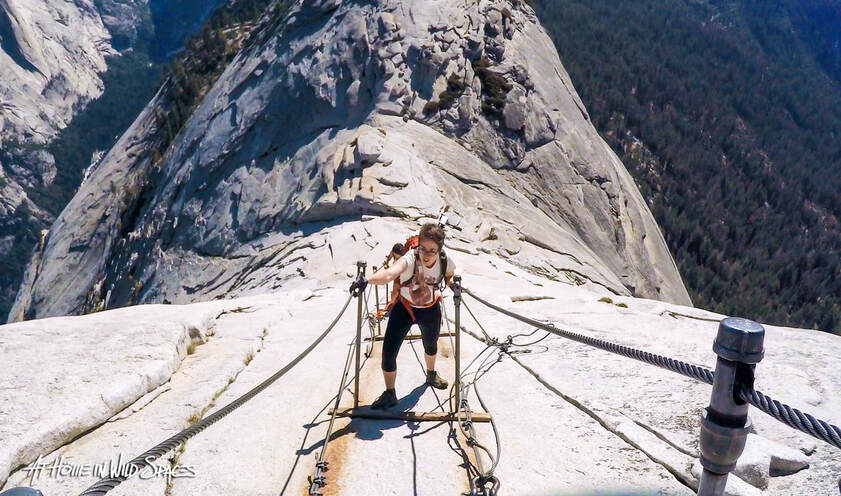
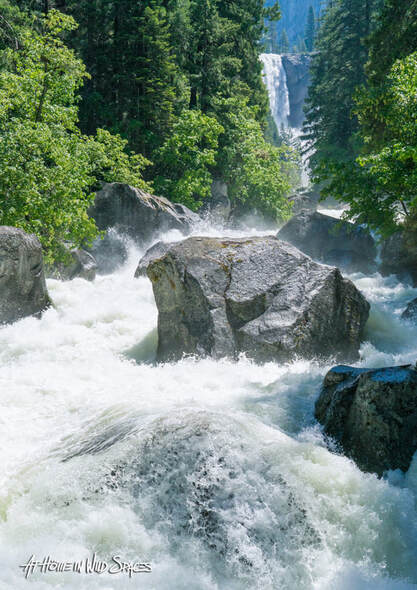
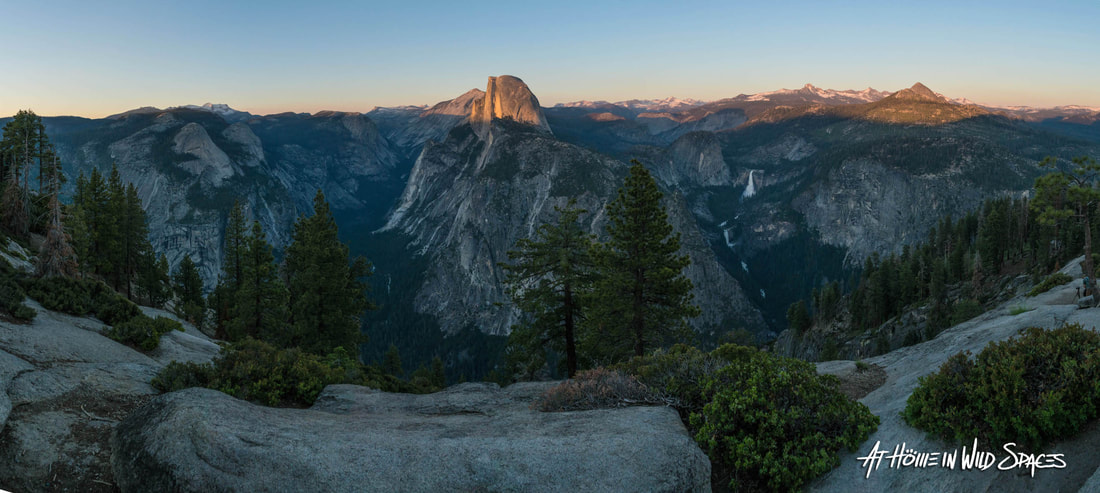
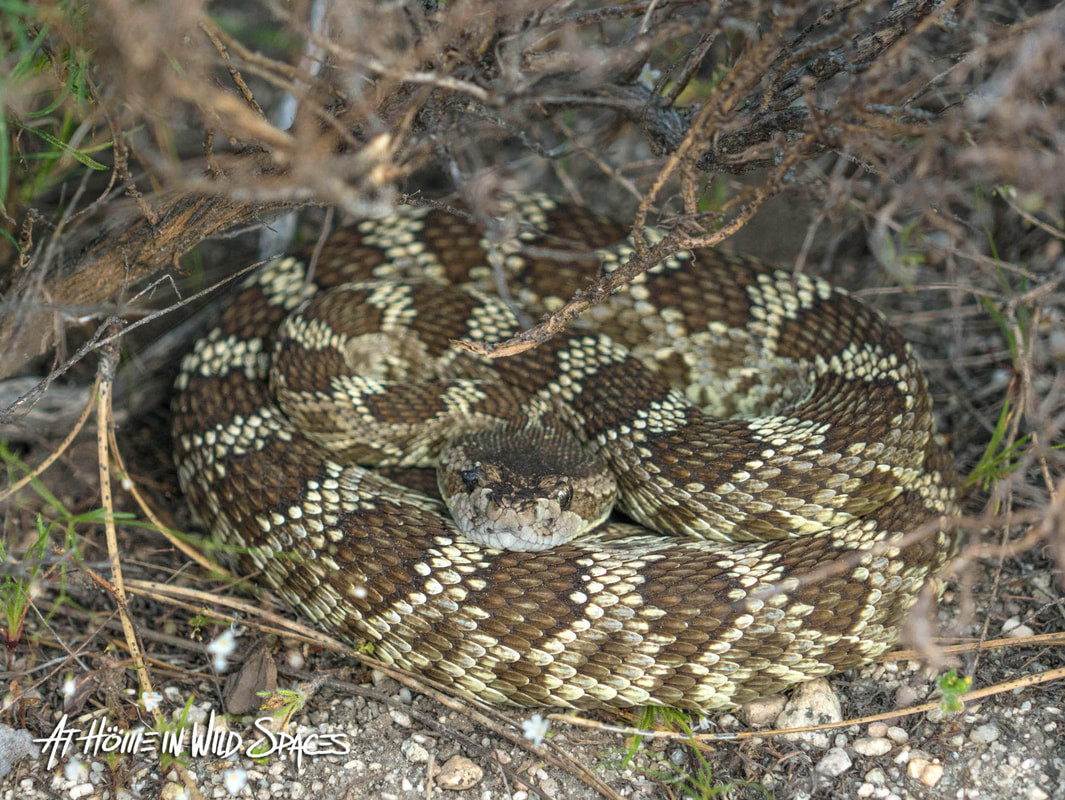
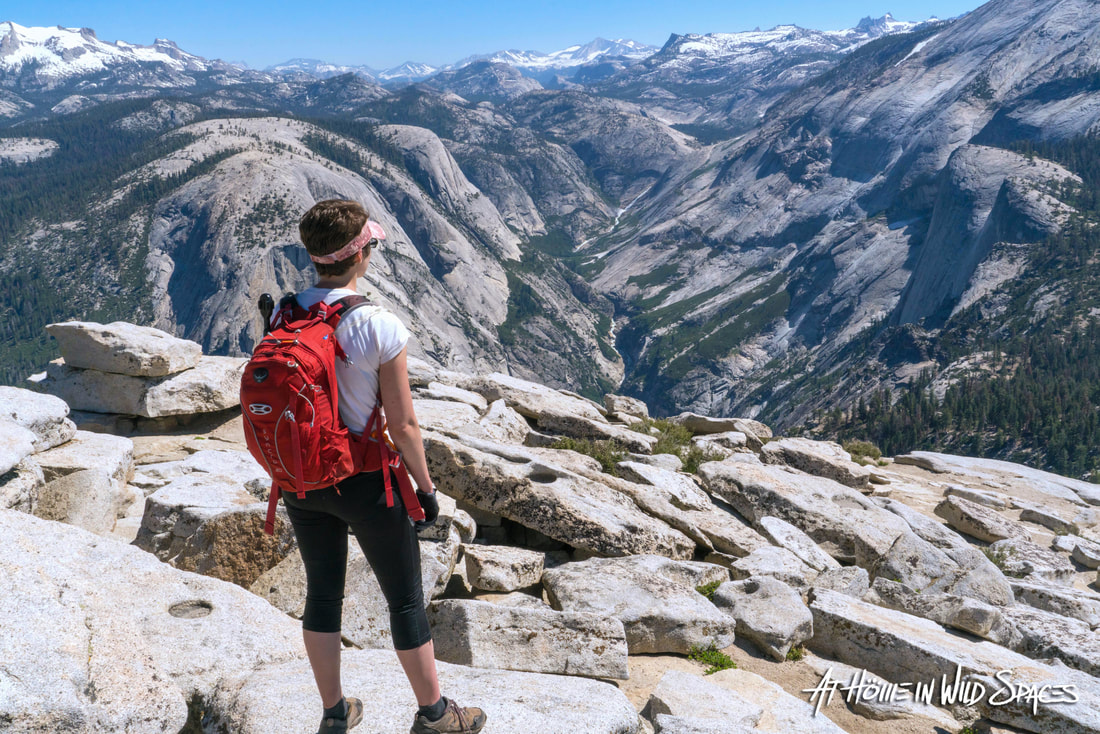

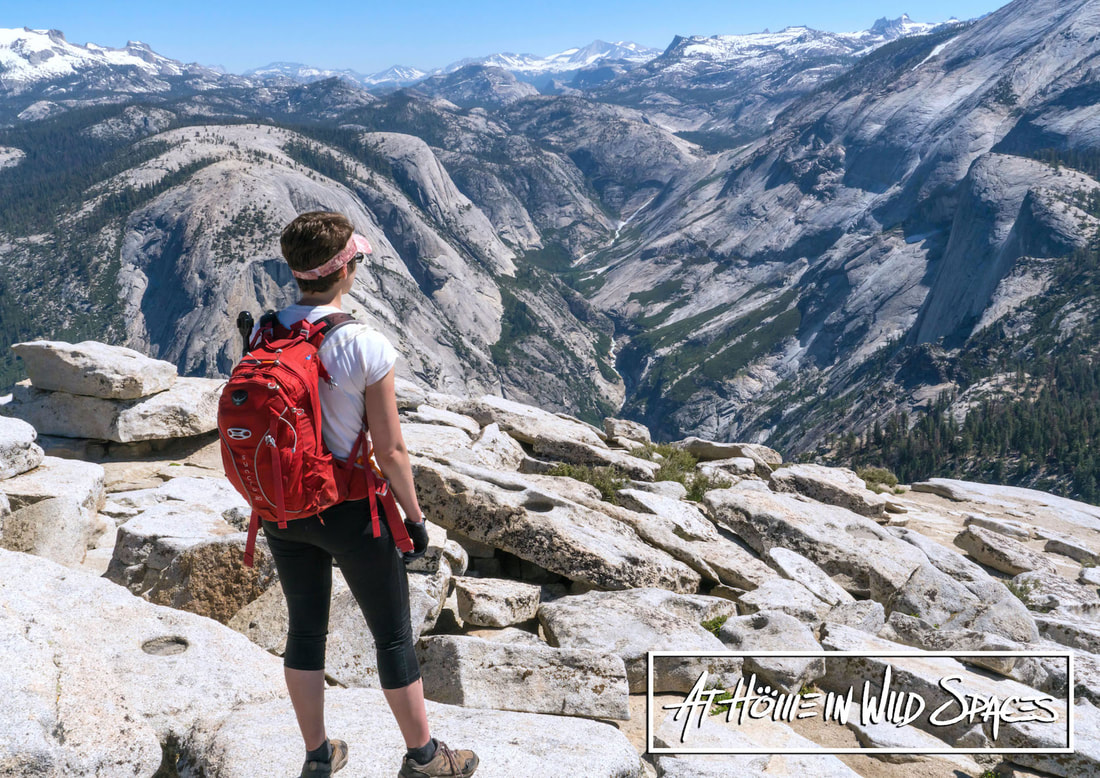
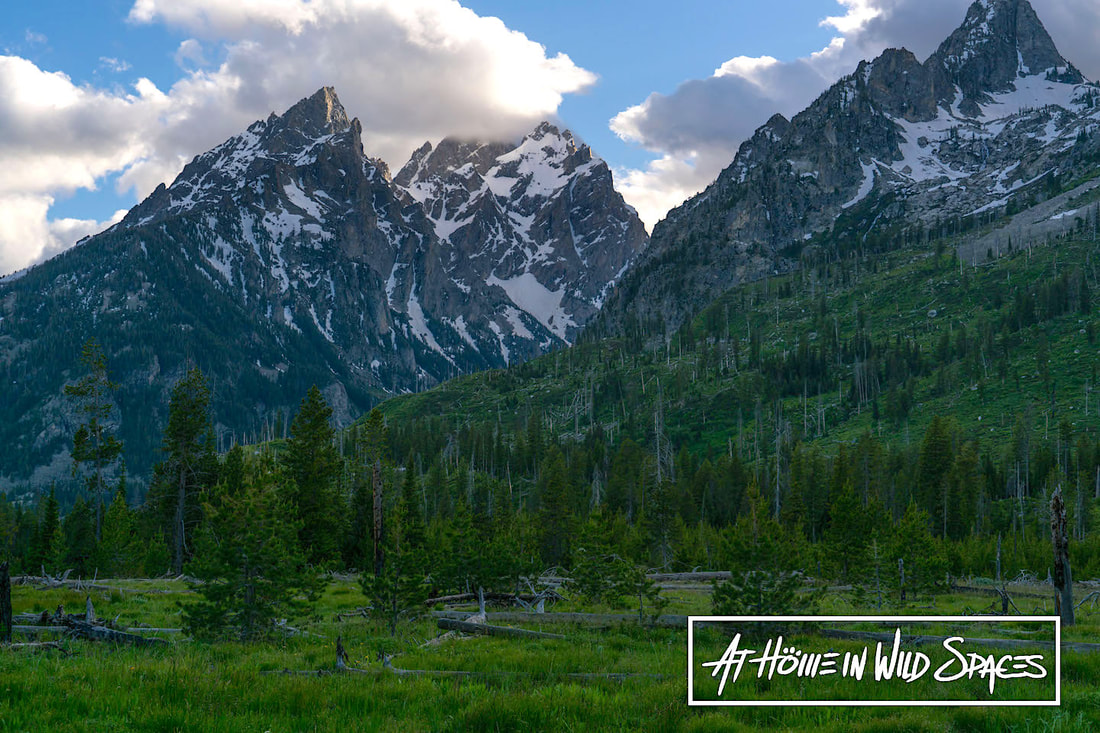
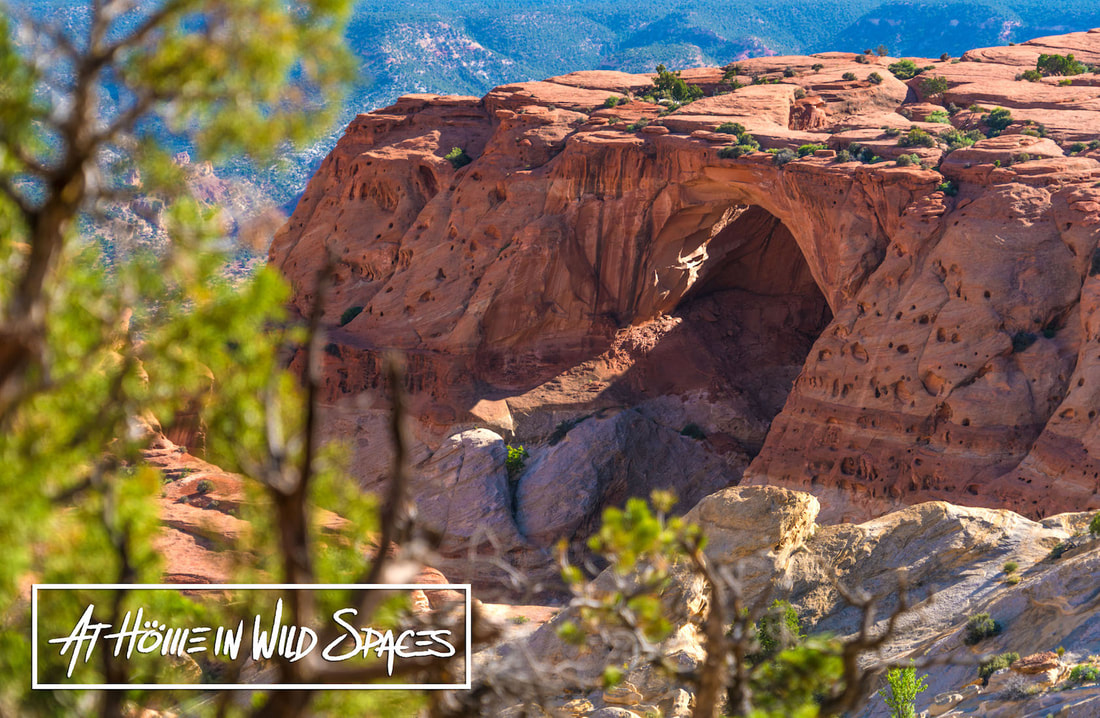

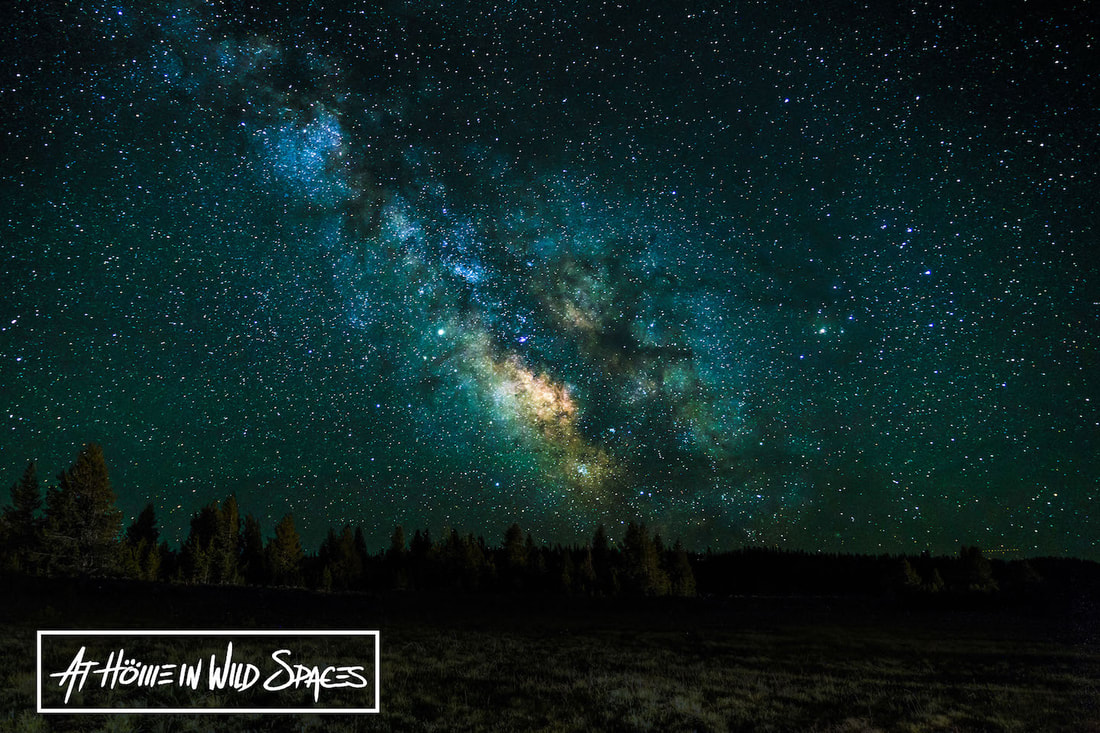
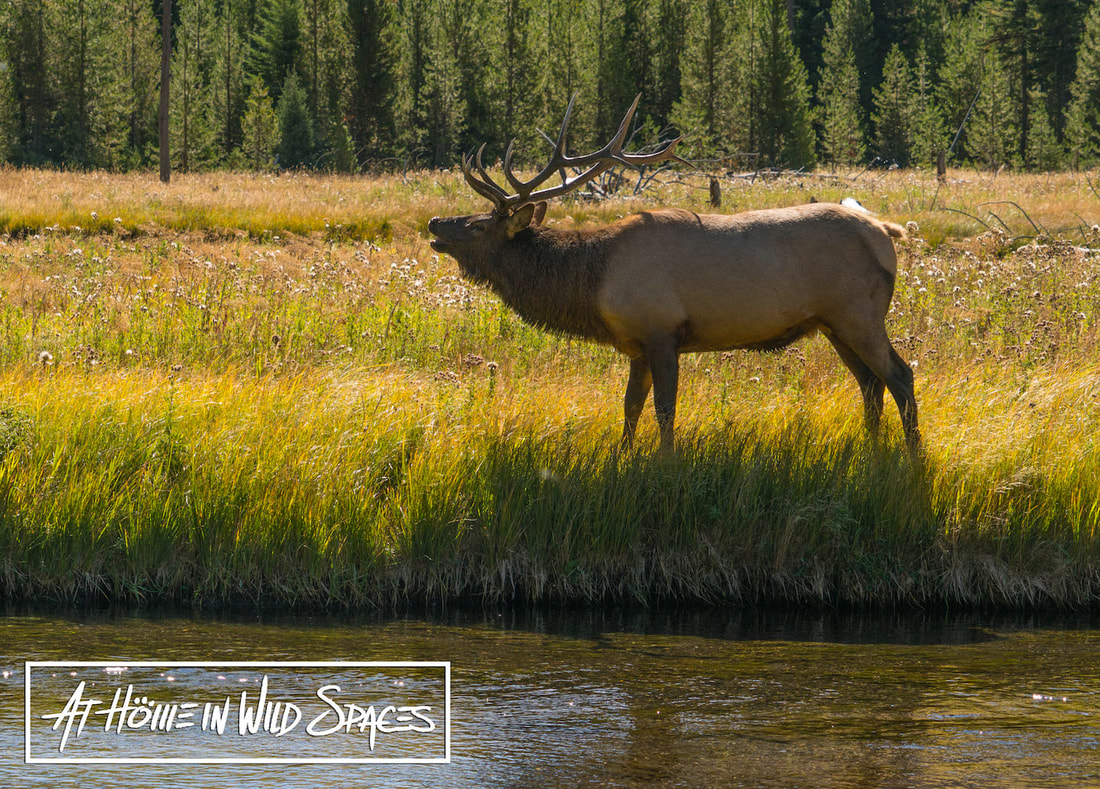
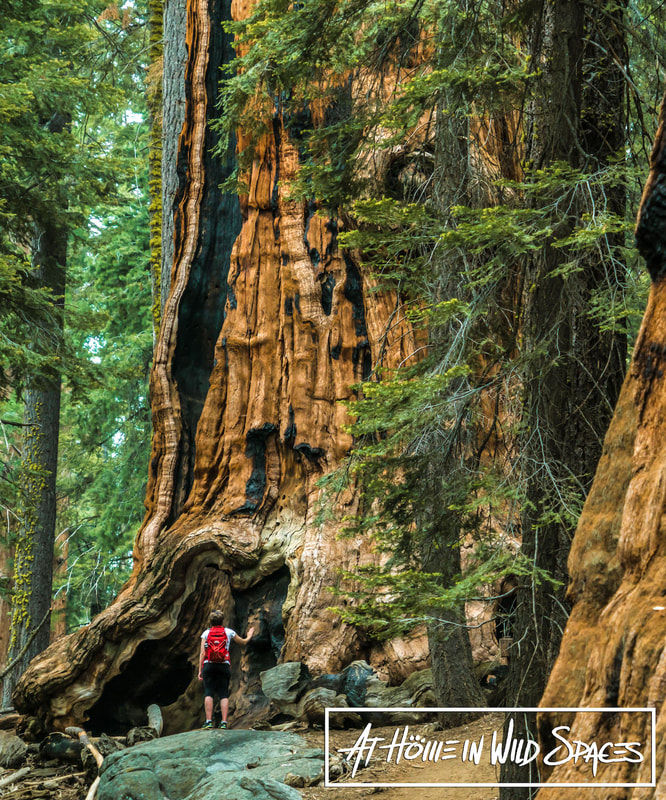
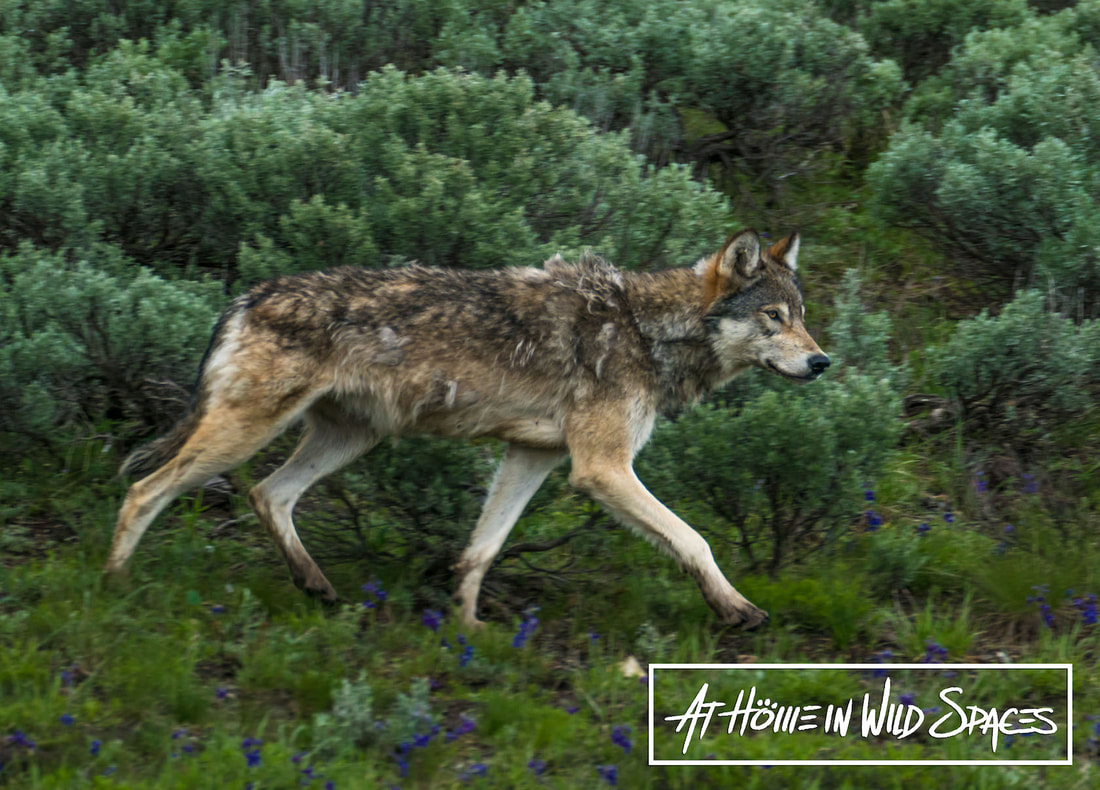
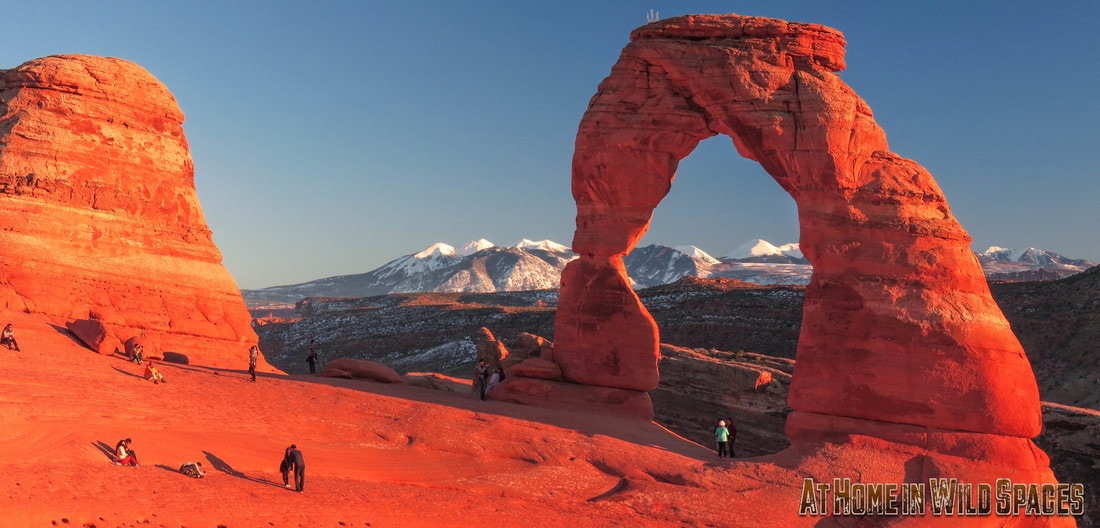
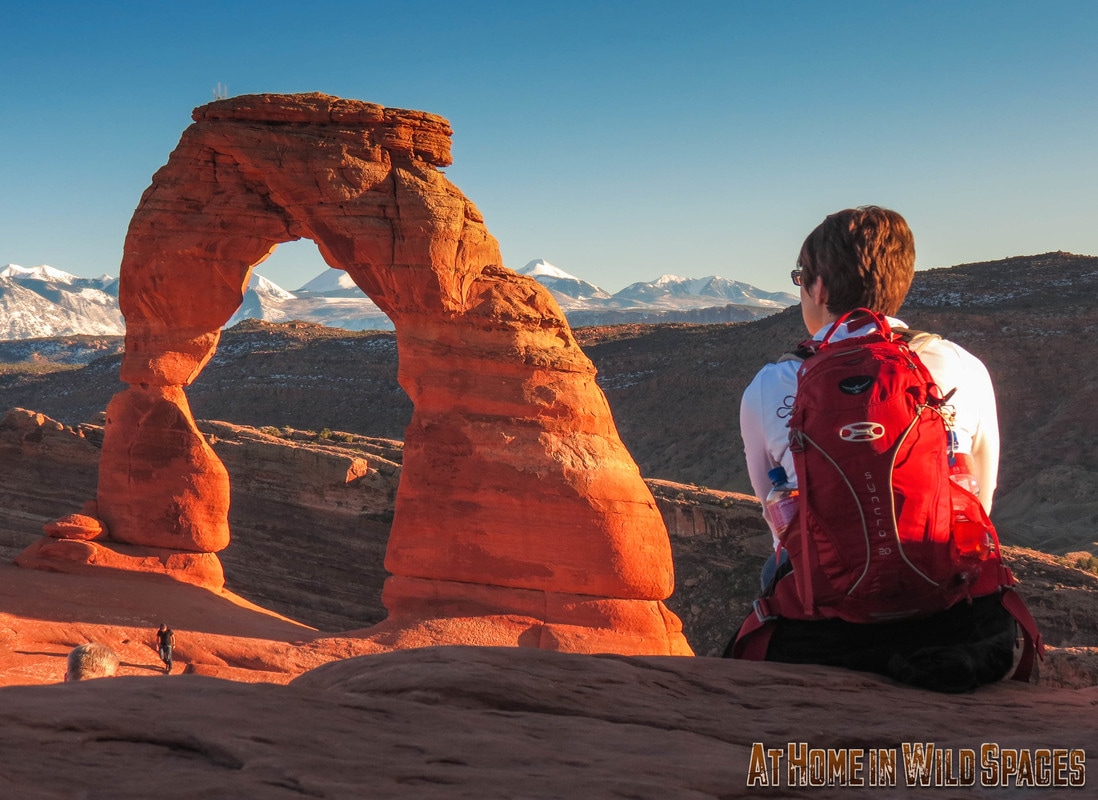

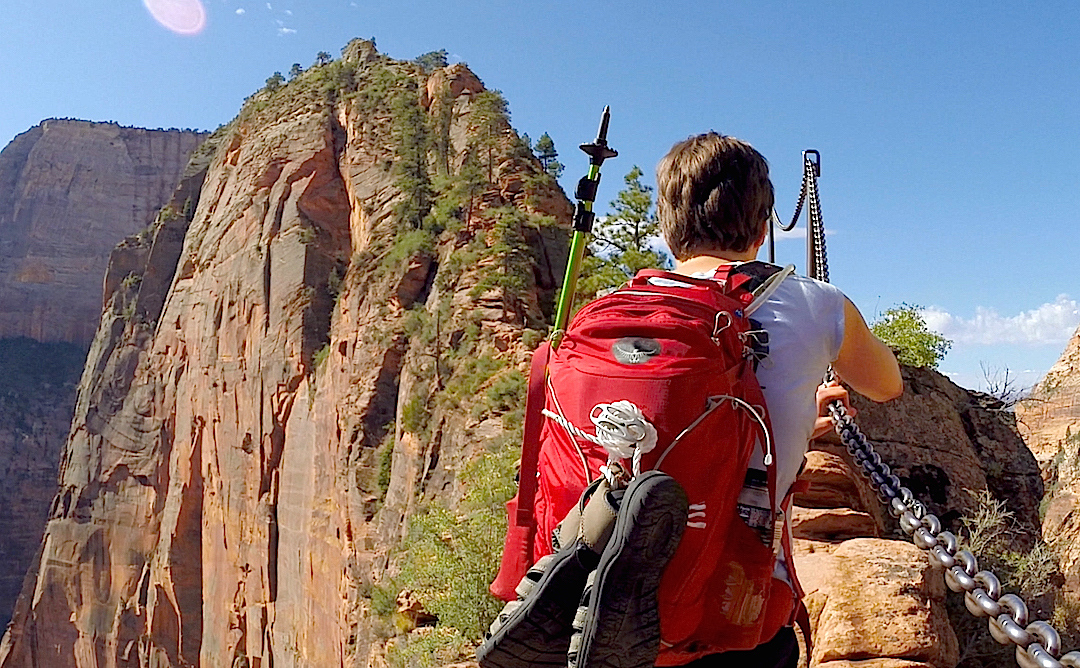
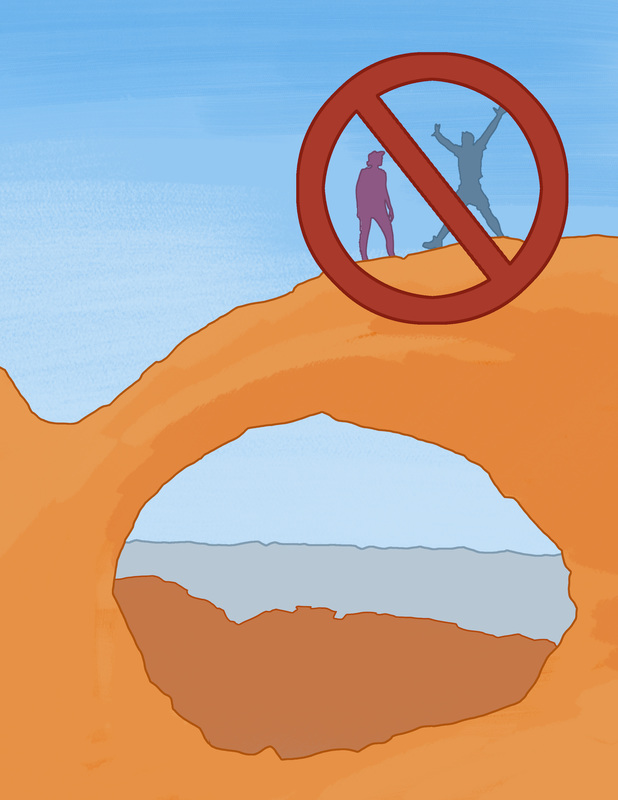
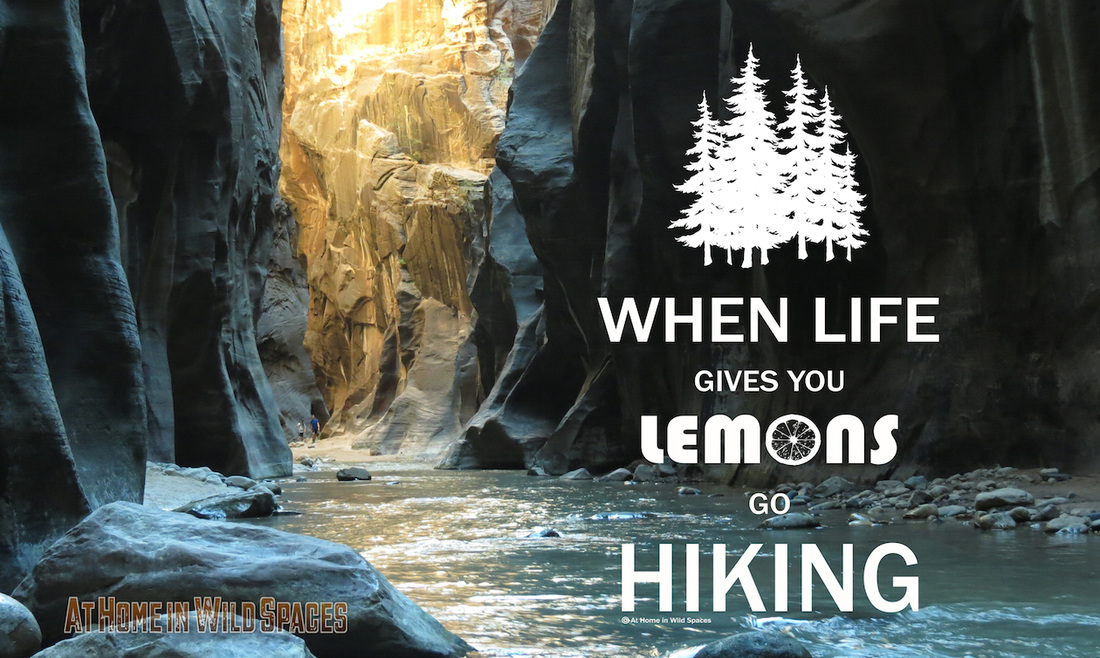

 RSS Feed
RSS Feed
